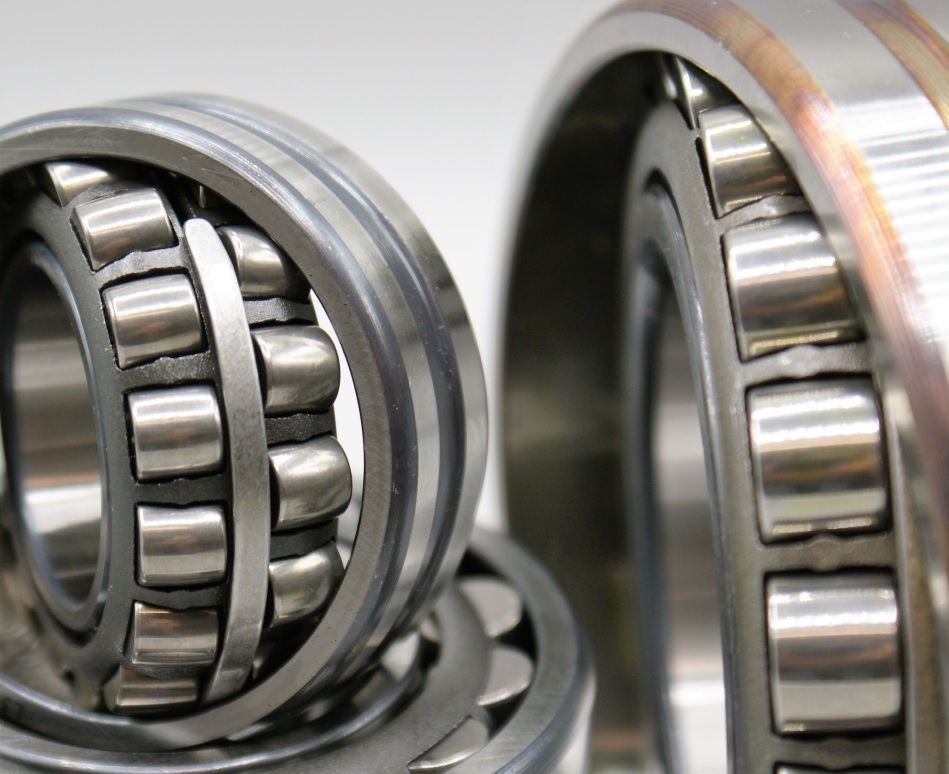
There are many types of bearings, and we must choose the type that best suits the structure and purpose of a particular machine.
It is essential to understand the differences between spherical roller bearings and ball bearings when choosing the right bearings for various industrial and mechanical applications. Each bearing has unique characteristics that make it suitable for specific conditions and performance needs.
What is a ball bearing?
Industrial ball bearings are used in a variety of machinery and manufacturing equipment to facilitate smooth and efficient rotational motion. The bearing itself consists of an outer ring, an inner ring, a set of steel balls, and a cage that keeps the steel balls evenly distributed. The outer and inner rings are usually made of very durable materials such as steel or ceramic and are designed to withstand high speeds and heavy loads.
The steel balls within the bearing provide low-friction contact points between the inner and outer rings, minimizing resistance to motion and reducing energy lost to friction. The bearing cage is used to keep the steel balls properly positioned, prevent the steel balls from contacting each other, and ensure that the load is evenly distributed.View all our bearing models.
Benefits of Ball Bearings
Ball bearings feature spherical rolling elements and are commonly used in small wheels and hard drives. One of the main benefits of ball bearings is their versatility, as they can rotate on multiple axes. They are also designed for a variety of load situations, including pure radial loads, pure axial loads, and combined radial and axial loads.
It is important to note that unlike roller bearings, ball bearings use point contact, which means that they have a very small contact area with the load. This provides lower friction, making ball bearings ideal for applications that require speed and smooth rotational motion.
What are spherical roller bearings?
Spherical roller bearings are designed to accommodate large radial and axial loads. Their internal geometry is self-aligning, making them very effective in applications with shaft misalignment. The rolling elements are barrel-shaped rollers that are located between two raceways, allowing the bearings to carry high loads and absorb shock.
Advantages of Spherical Roller Bearings
The design of spherical roller bearings makes them particularly suitable for applications involving heavy loads and potential misalignment. They can accommodate both radial and axial loads and provide durability under extreme conditions. They are ideal for applications where vibration and shock loads are present, such as mining equipment, heavy machinery, and industrial gearboxes. Which bearing is more efficient? Both ball bearings and roller bearings are designed to reduce rotational friction while supporting radial and axial loads. However, their efficiency and effectiveness depend on the specific application:
Ball bearings are generally better suited for applications that require high-speed rotation. They have a lower coefficient of friction during startup and operation, which means they can reach higher speeds with less resistance.
On the other hand, roller bearings are better suited for applications that require higher load capacity. This is because line contact (rather than point contact in ball bearings) allows the load to be more widely distributed across the bearing.
![]()
In terms of efficiency, ball bearings tend to have a slight advantage in reducing friction at high speeds. However, due to their design, roller bearings can handle larger loads more effectively.
NSAR produces ball bearings and spherical roller bearings, and has professional technical design workers to meet your needs. Roller Bearing Supplier has a clean production environment and complete after-sales service. Welcome to find our brand cooperation and customization.


